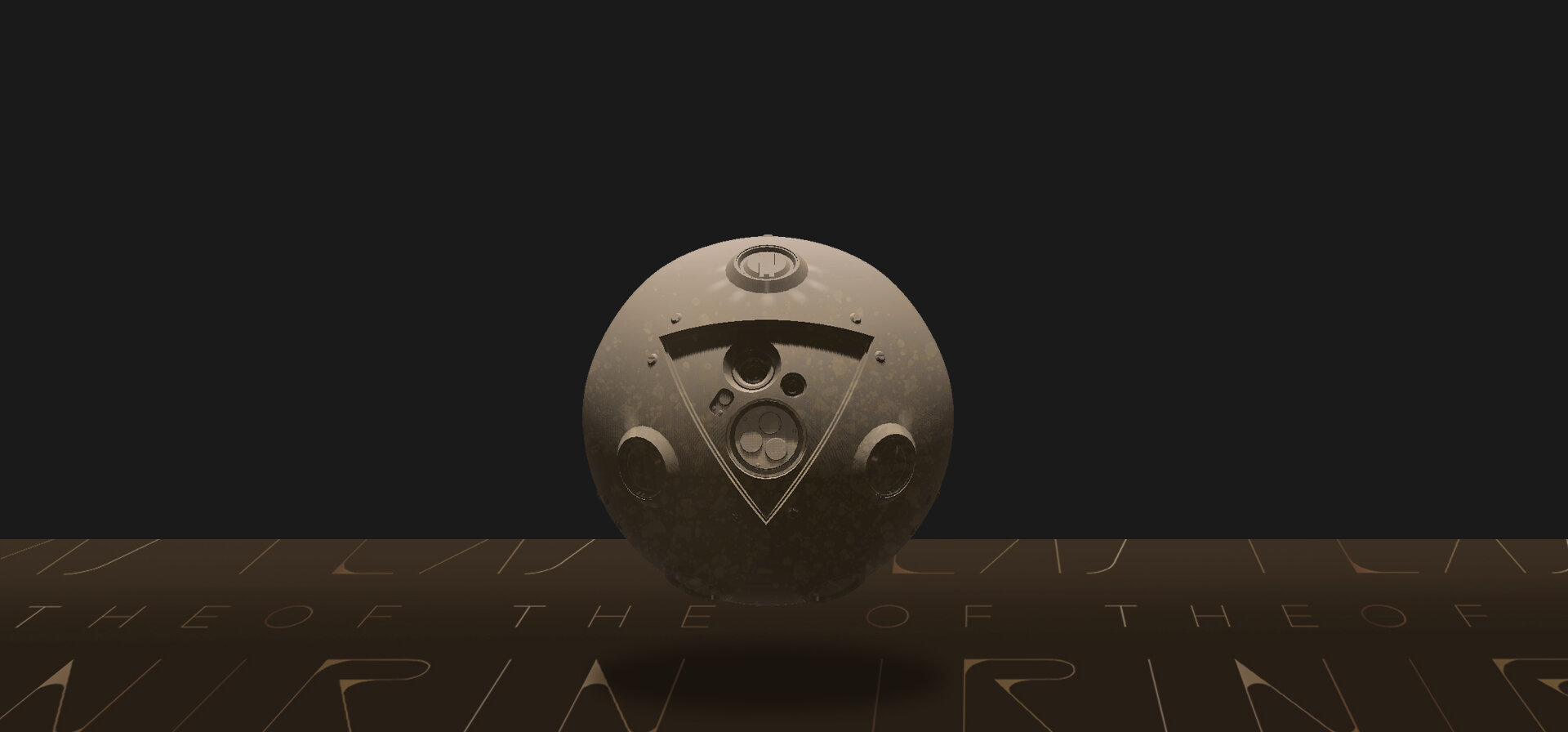Within these families (all of them patriarchal), there would be one chosen to rule as the King of Kings. To confirm the selection, a ceremony would be held utilising the most sacred of all relics on Earth – the bones and horns of Marduk himself. The “Bakhat Nasar” as it was called, was an elaborate ceremony first initiated by Nebuchadnezzar II, son of Nabu, and grandson of Marduk. The relics would be carefully inspected by each of the Houses’ representatives. This sacred duty fell to two members of each House, who were required to memorize the patterns upon the broken horn to confirm its authenticity. Once the leader of the House was satisfied, he would, before the entire assembly, drink a sip of the blood of virgins contained therein, and thus confirm the candidate as his King of Kings. The power and the symbolism of this relic was so potent and vital a component to the reins of power, that many great wars would be fought in hope of wresting control of it. Housed in a box of wood and gold called the “Asullhi”, one of the first acts of Nebuchadnezzar, the first King of Kings, was to seek revenge for Marduk’s death, by destroying Yahweh’s vacant home, the Temple of Solomon, dismantling it stone by stone, while laying waste to Yahweh’s firstborn and the Levites through torture and instruments of death.
